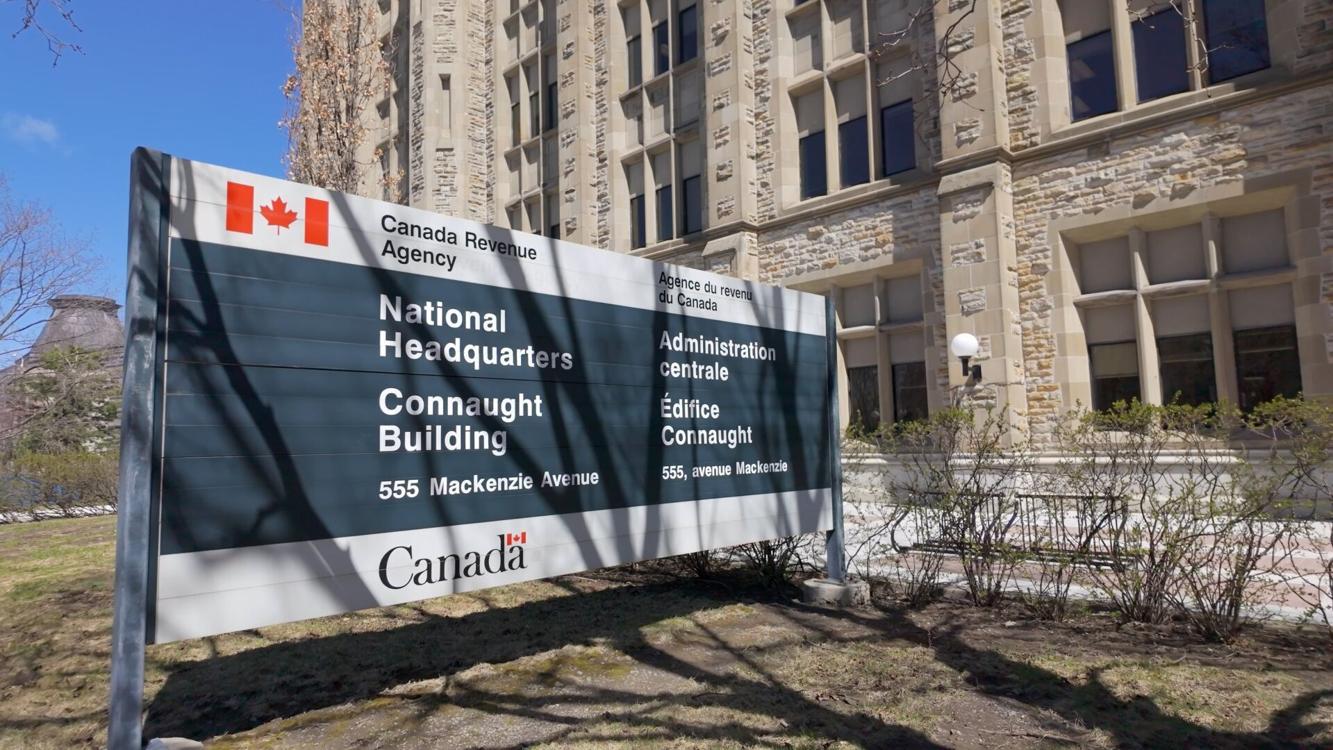The federal government is moving to use tax enforcement as a tool to crack down on unsafe and non-compliant trucking operators, promising measures that could remove bad actors from Canada’s roads — including those in Peel Region, where residents have long raised concerns over preventable crashes and poorly trained drivers.
In its 2025 budget, tabled on Nov. 4, the Carney government proposed lifting the Canada Revenue Agency’s long-standing moratorium on T4A penalties in the trucking sector. The change would force companies to correctly issue tax records for drivers and confront what critics call the “Driver Inc.” model — a system they say enables tax evasion, labour exploitation and widespread safety violations.
The federal finance ministry said restoring these penalties is essential to stopping abuses in an industry where many operators skirt rules by misclassifying drivers as independent contractors, leaving them without proper protections and enabling unsafe business practices.
Trucking associations and safety advocates welcomed the announcement but warned that the government must now follow through. “This is no time to relax,” said Marco Beghetto, vice-president and spokesperson for both the Ontario Trucking Association and the Canadian Trucking Alliance. “They are finally listening to us after more than 10 years, and that’s a good thing — but we need enforcement, not just promises.”
Beghetto stressed that the federal government already has the tools needed to protect workers and improve road safety — they simply need to enforce the laws that exist.
Under the new proposal, Ottawa plans to invest $77 million over four years beginning in 2026–27, with $19.2 million annually afterwards, to give the CRA the resources required to enforce penalties for unreported service fees and target non-compliance in the trucking industry.
The announcement was also welcomed in Peel Region, where groups like the Caledon Community Road Safety Advocacy (CCRSA) have long protested what they say are preventable trucking-related collisions. “We’re hopeful because the federal government is finally listening,” said CCRSA member Amanda Corbett. Her colleague, Carmela Pakowski, echoed that sentiment but insisted communities won’t be satisfied until tangible improvements are visible on the roads. “It’s not enough until we see real results,” she said.
Industry consultants, meanwhile, remain skeptical. Brampton trucking expert and consultant Jagdeep Shipra said he is only “cautiously optimistic,” arguing that Ottawa’s language still lacks clarity. He criticized the absence of a firm stance on eliminating the Driver Inc. model outright. “If you want to eradicate Driver Inc., say so in legislation,” Shipra said. “Right now, there are still too many grey areas. Are we moving toward a clear employee-driven system, or preserving a system that forces drivers into incorporation to help companies sidestep taxes?”
While the government frames the move as a long-overdue step toward fairness and safety, truckers, safety advocates and industry experts say the success of the initiative will hinge on whether Ottawa enforces the rules aggressively enough to finally clean up one of the country’s most troubled sectors.

